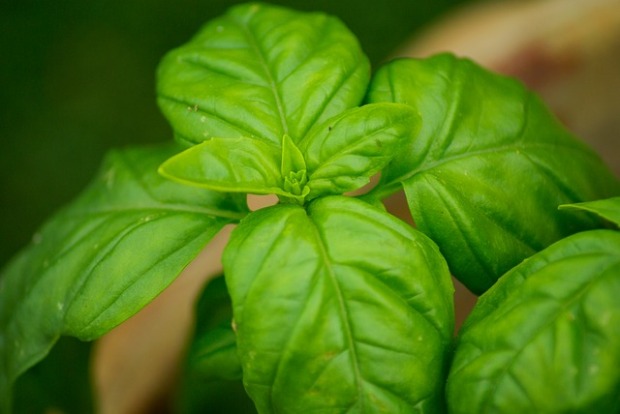So basil (ocimum basilicum) or Saint-Joseph’s-wort. (According to Wikipedia). Basil is a culinary herb and is used in a variety of different ways. You can eat it raw, add it to tomato sauce, make a caprese salad, make ice cream, make bruschetta, or so many other things! I’m not here to talk about what you can do with basil, I’m here to tell you how to can get more basil!  If you’re anything like my family, you never seem to have enough herbs around the house. So we started doing some research on how you can make the herb plants we have more prolific. We started off with basil because it seemed to be the easiest. And it was! Fortunately, basil is very easy to grow, both indoors and out. You can start it from seed, or you can purchase a basil plant from a local nursery.
If you’re anything like my family, you never seem to have enough herbs around the house. So we started doing some research on how you can make the herb plants we have more prolific. We started off with basil because it seemed to be the easiest. And it was! Fortunately, basil is very easy to grow, both indoors and out. You can start it from seed, or you can purchase a basil plant from a local nursery.
The funny thing about plants, the more you cut them, the healthier they are. They’re very different from humans in that regard. However, you can’t just willy-nilly trim, prune, or hack away at the basil. You need to understand how plants grow so you can prune them correctly. (For basil, pruning and harvesting are the same thing.)
You’ll want to trim the upward stem right above where there are two leaves on opposite sides of the stalk. This will allow the plant will continue to grow into a basil bush instead of a basil stalk. You’ll also want to trim off any flowers that are starting to grow on the stalks. These flowers tell the plant it’s time to stop growing. You need to pinch off the flowers so the plant continues to produce leaves throughout the season. If you don’t, the basil plant with stop producing.
Basil loves to be pruned. You’ll want to prune/harvest your basil every few weeks. Always cut just above the first of second set of leaves of the new branches that have grown. Before you know it you’ll have a wonderfully bushy and prolific basil bush.
You never want to harvest more than a third of the plant at a time so that the basil is able to regenerate itself. So if you’re looking forward to making pesto, you’ll probably need more than one basil plant.

You must be logged in to post a comment.